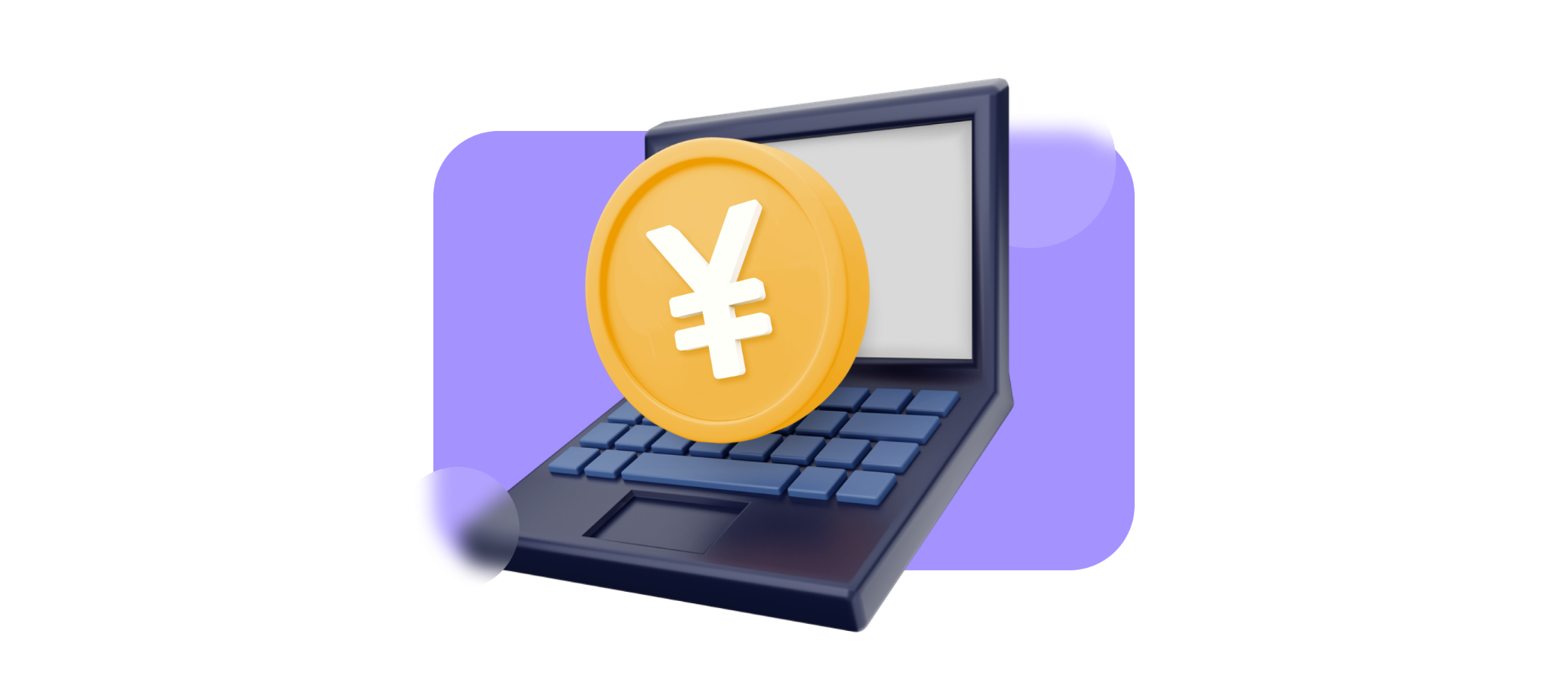Digital Euro and Other Currencies in 2023

This blog post will cover:
- The digital euro: what should we expect?
- Limitations coming with the digital euro
- Other countries following the trend
- Conclusion
Digitalized fiat refers to the digital representation of traditional fiat currency, which is issued and regulated by a government as a legal tender. In the context of digital currency, the physical form of money, such as banknotes and coins, is replaced by digital records or tokens that exist on a computerized system.
The digital euro: what should we expect?
The European Central Bank (ECB) is currently exploring the concept of the digital euro, how it will be distributed, and its potential effect on public finances. The team of the project is waiting for the European Commission (EC) to propose specific laws, which is due to happen in June 2023. These laws will form the legal basis for implementation of the new currency.
The decision whether to start developing and testing the proposed currency will be made in October this year. Now let’s observe the list of benefits coming with the digitalized euro according to the people who promote this solution to the masses.
- Financial stability According to experts, the Eurozone needs a central bank digital currency (CBDC) to ensure financial stability. National bank-issued currency is at the core of the traditional financial system. The digital euro is expected to be intuitive, accessible in all parts of the Eurozone, and an element strengthening the use of the euro, which is the common currency of the Eurozone.
- More payment competition The team behind the digital euro believes the payments market will become more competitive after it is launched. They expect there to be greater innovation and improved monetary control, among other effects.
- Greater convenience Each holder of a digital euro account will be able to make and receive payments from other holders, the government, merchants, etc. They will be able to pay taxes, send money, and purchase products and services in digital euros. Use-based payments and recurrent payments will be among the new services financial institutions will offer.
Limitations coming with the digital euro
Along with the opportunities, digital euro brings a number of things we should not expect from it. This currency will not completely replace the usual money. According to ECB Board Member Fabio Panetta, the central bank will issue but will not distribute this currency. It will not create accounts for citizens in ECB or other national banks — this is done in order to not take a share from commercial banks. Moreover, ECB doesn't want public money to play a bigger role in the financial market, but to sustain the role it currently has.
Cash and credit cards, the forms of public money available at present, are seeing their popularity wane. The ECB wants its new currency to complement the old form of public money in a world that is becoming more and more digitized by the second.
The ECB plans to cap digital euro accounts to protect economic and financial policy. More specifically, they don’t want pressure on middlemen, as this could have an adverse effect on fiscal and economic policy.
The digital euro is not intended as a means to invest or save money. The amount these accounts will be capped at approximates the average gross salary in the Eurozone.
Any entity that needs to exceed the limit will be able to make bigger payments using a link to their conventional bank account.
However, later the situation on digital euro may change if the ECB sees the high level of a new euro adoption.
Other countries following the trend
Of course, Europe is not the only one who’s trying to keep up with the times. Other countries all over the world consider creating their own digital currency.
The advent of the digital yuan
China is making a notable push to make its digital yuan more popular. In the most recent development, government employees in the city of Changshu, Eastern China, will receive their whole salaries in the new currency. This is a milestone for the digital yuan; the case involves its biggest adoption to date.
The new currency, which exists only on the internet (like all CBDC), is controlled and supported by the country’s central bank. It is similar to “ordinary” cryptocurrency in that a digital ledger is used to track and record transactions. However, it is different from cryptocurrencies like Bitcoin or Ethereum, which are decentralized and not issued or regulated by any government.
The world’s second-largest economy has been rolling out digital currency in its cities over the past three years. It is getting ready to launch it nationally. If this happens, China may become the global leader in the race to create a CBDC, ahead of the US and Europe.

India expands pilot of its digital rupee
In its annual 2023 report, the Reserve Bank of India (RBI) stated it aimed to expand the pilot of its CBDC in 2023 and 2024, both for wholesale and retail use. The currency will be distributed to more financial institutions and a higher number of locations. The country’s central bank has announced intentions to implement different use cases.
India’s CBDC is also referred to as the e-Rupee. The retail version of the rupee can be used by any private sector entity, including companies of all sizes. Its wholesale version is less accessible, though. Only certain financial institutions will be able to transact in it.
India launched the pilot project for the wholesale e-Rupee in November last year. The new currency was first used to settle transactions in state securities on secondary markets. By leveraging the wholesale e-Rupee, India expects to enhance the efficiency of the domestic financial market. Nine Indian banks are taking part in the CBDC pilot project.
Japanese public has the final say on the digital yen
Japan’s CBDC project is about to enter its third phase. The Bank of Japan published the results of the most recently completed phase of its related proof-of-concept experiment. It launched its CBDC pilot project in April this year.
The results were in line with the central bank’s optimistic expectations. In its next stage, the project’s process flow and links to external networks will be studied. Ultimately, the Japanese public will have the final word on the government issuing a CBDC.
Japanese authorities aren’t ignoring the private sector completely, of course. They plan to create a special forum to this end and ask businesses for feedback. The final decision will not be made until 2026.
Conclusion
The main purpose of a CBDC is to make traditional financial operations more efficient, more accessible, and more secure. One can carry out transactions electronically, allowing for faster settlement times, reduced costs, and more convenience. One can also integrate digital currencies with smart contracts.
How fast will digital currencies develop? What results will it lead to? The time will tell, and SimpleSwap keeps its sharp eye on the situation to keep you updated.
SimpleSwap reminds you that this article is provided for informational purposes only and does not provide investment advice. All purchases and cryptocurrency investments are your own responsibility.

